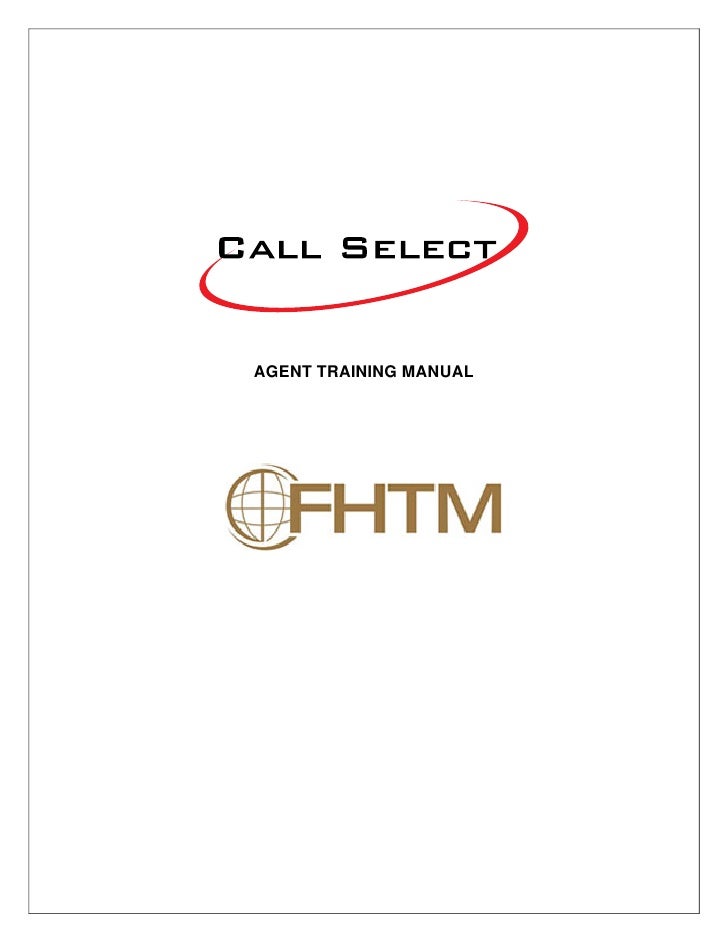Espionage Training Manual


Contents • • • • • • • • Army manuals [ ] These manuals were prepared by the U.S. Military and used between 1987 and 1991 for intelligence training courses at the U.S. Some of the material was similar to the older CIA manuals described below.
TRAINING MANUAL Hello, Agent. Welcome to the Constitutional Intelligence Agency. This manual will guide you through our training module, Spies, Traitors & Saboteurs. All major Cold War powers maintained at least one government agency dedicated to intelligence-gathering and espionage. In the US, this was the Central Intelligence.
The manuals were also distributed by Special Forces Mobile Training Teams to military personnel and intelligence schools in,,,, and. Audio Video Sync Test Video. The Pentagon press release accompanying the release stated that a 1991-92 investigation into the manuals concluded that 'two dozen short passages in six of the manuals, which total 1169 pages, contained material that either was not or could be interpreted not to be consistent with U.S.
The Latin America Working Group criticized this: 'The unstated aim of the manuals is to train Latin American militaries to identify and suppress anti-government movements. Throughout the eleven hundred pages of the manuals, there are few mentions of democracy, human rights, or the rule of law.
Instead, the manuals provide detailed techniques for infiltrating social movements, interrogating suspects, surveillance, maintaining military secrecy, recruiting and retaining spies, and controlling the population. While the excerpts released by the Pentagon are a useful and not misleading selection of the most egregious passages, the ones most clearly advocating torture, execution and blackmail, they do not provide adequate insight into the manuals' highly objectionable framework. In the name of defending democracy, the manuals advocate profoundly undemocratic methods.' After this 1992 investigation, the discontinued the use of the manuals, directed their recovery to the extent practicable, and destroyed the copies in the field. Southern Command advised governments in Latin America that the manuals contained passages that did not represent U.S. Government policy, and pursued recovery of the manuals from the governments and some individual students. Notably, and retained personal copies of the training manuals.
Soon after, the U.S. Army issued the manual, which was used until September 2006, when it was superseded. CIA manuals [ ]. The that details the use of torture The first manual, 'KUBARK Counterintelligence Interrogation', dated July 1963, is the source of much of the material in the second manual. KUBARK was a U.S. For the CIA itself. The KUBARK appears in the title of a 1963 CIA document KUBARK Counterintelligence Interrogation which describes techniques, including, among other things, 'coercive counterintelligence interrogation of resistant sources'.
Friedman Partial Differential Equations Of Parabolic Type Djvu. This is the oldest manual, and describes the use of abusive techniques, as exemplified by two references to the use of electric shock, in addition to use of threats and fear, sensory deprivation, and isolation. The second manual, 'Human Resource Exploitation Training Manual - 1983', was used in at least seven U.S. Training courses conducted in Latin American countries, including Honduras, between 1982 and 1987. According to a 1989 report prepared for the Senate intelligence committee, the 1983 manual was developed from notes of a CIA interrogation course in Honduras. Both manuals deal exclusively with interrogation. Both manuals have an entire chapter devoted to 'coercive techniques'.
These manuals recommend arresting suspects early in the morning by surprise, blindfolding them, and stripping them naked. Suspects should be held incommunicado and should be deprived of any kind of normal routine in eating and sleeping. Interrogation rooms should be windowless, soundproof, dark and without toilets. The manuals advise that torture techniques can backfire and that the threat of pain is often more effective than pain itself. The manuals describe coercive techniques to be used 'to induce psychological regression in the subject by bringing a superior outside force to bear on his will to resist.' These techniques include prolonged constraint, prolonged exertion, extremes of heat, cold, or moisture, deprivation of food or sleep, disrupting routines, solitary confinement, threats of pain, deprivation of sensory stimuli, hypnosis, and use of drugs or placebos. Between 1984 and 1985, after congressional committees began questioning training techniques being used by the CIA in Latin America, the 1983 manual went through substantial revision.